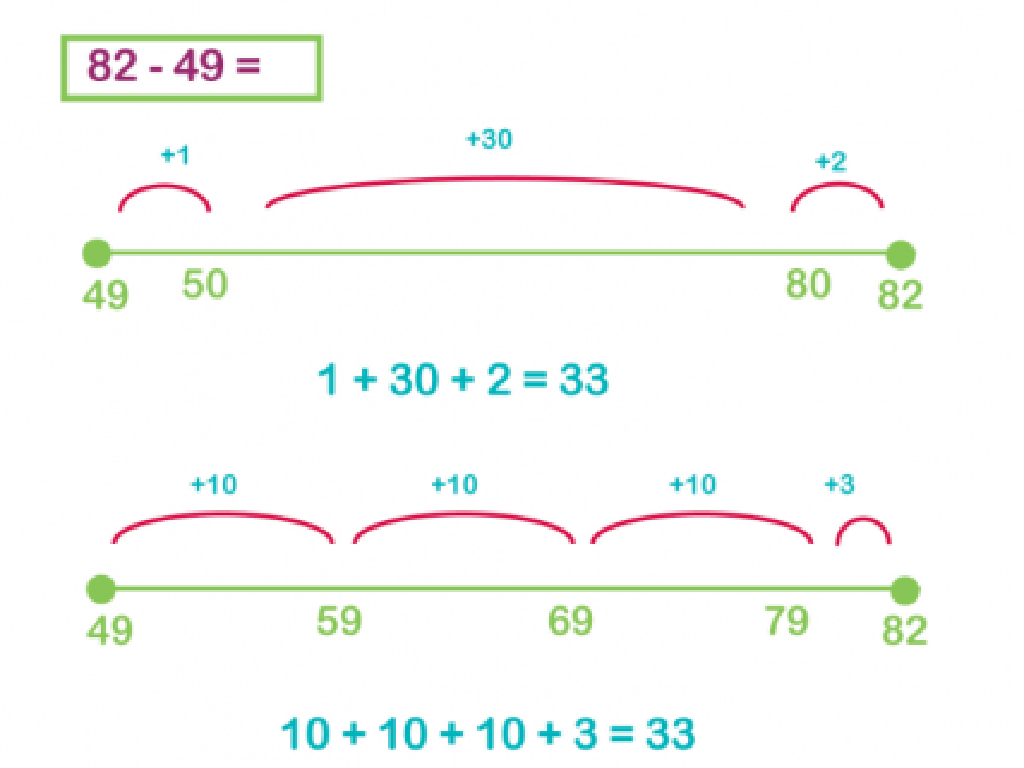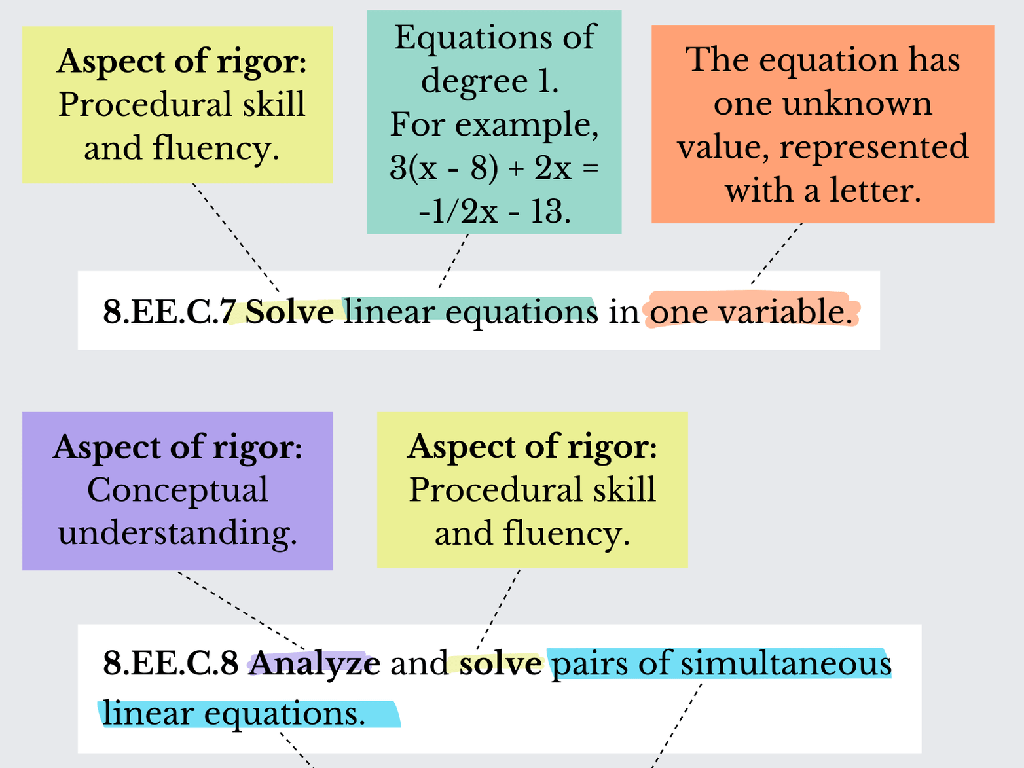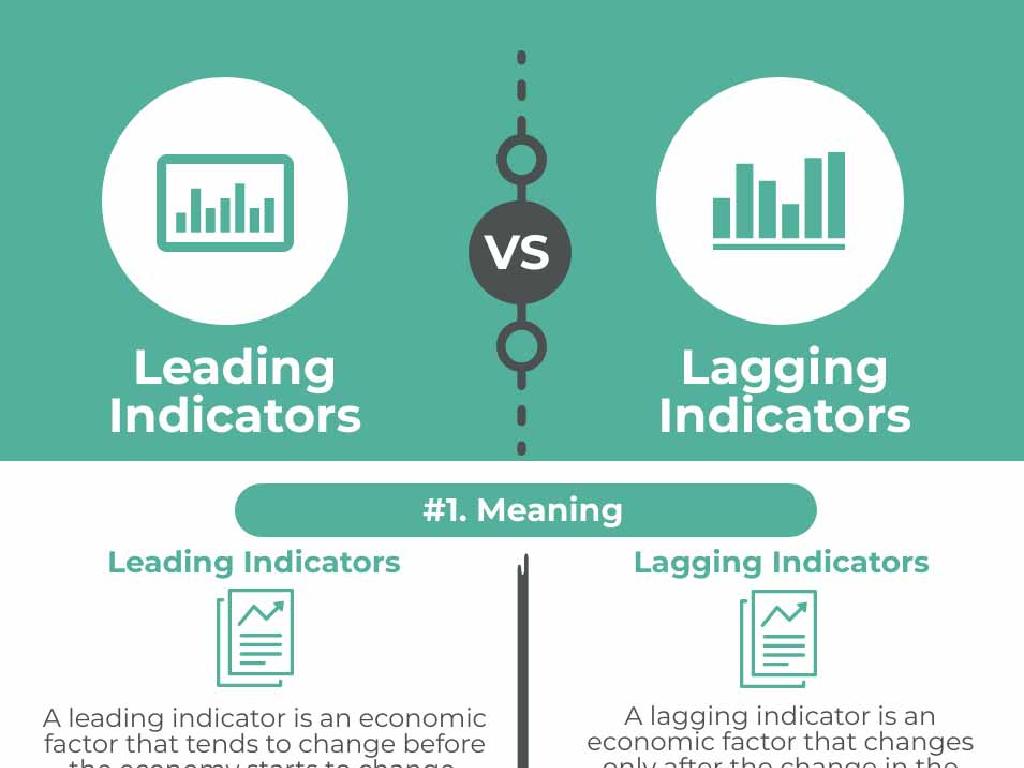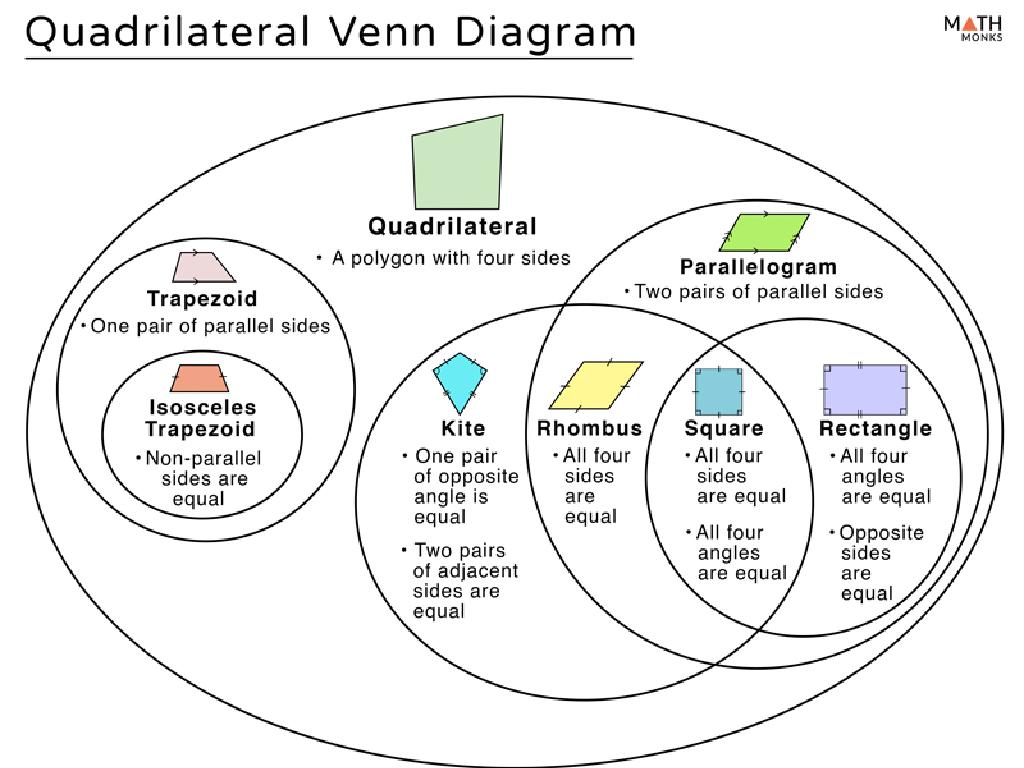Explore The Engineering-Design Process: Going To The Moon!
Subject: Science
Grade: Sixth grade
Topic: Engineering Practices
Please LOG IN to download the presentation. Access is available to registered users only.
View More Content
Welcome to Engineering: Journey to the Moon!
– Explore engineering practices
– Engineering involves problem-solving and creating useful things.
– Define ‘engineer’
– An engineer uses science and math to design and build.
– Steps of designing for space
– Designing for space requires careful planning and testing.
– Preview: Moon mission
– We’ll learn how engineers planned trips to the Moon.
|
This slide introduces students to the world of engineering within the context of space exploration. Begin by explaining what engineering is and the role of engineers in solving problems and creating new technologies. Emphasize the importance of math and science in their work. Then, outline the engineering-design process, particularly as it relates to space travel and the historic journey to the Moon. Use this opportunity to capture the students’ imagination about space exploration and set the stage for the rest of the lesson, which will delve into the specific challenges and triumphs of lunar missions. Encourage students to think like engineers throughout the lesson, considering how they would approach the task of designing a spacecraft or a Moon base.
The Engineering-Design Process: Mission to the Moon
– Define Engineering-Design Process
– A series of steps engineers use to solve problems.
– Explore the steps involved
– Ask, Imagine, Plan, Create, and Improve are key steps.
– Understand its importance
– It’s crucial for developing efficient and effective solutions.
– Relate to Moon mission
– Used by NASA engineers for lunar missions.
|
This slide introduces the Engineering-Design Process, a fundamental concept in engineering that guides problem-solving and project development. It’s a cyclical process that includes understanding the problem (Ask), brainstorming solutions (Imagine), planning the design (Plan), creating a prototype (Create), and making improvements (Improve). Emphasize the importance of this process in creating innovative solutions in engineering, such as those used by NASA for successful Moon missions. Encourage students to think about how each step contributes to the overall success of a project and how they might use this process in their own problem-solving activities.
Step 1: Identify the Problem – Moon Mission
– Understand Moon travel challenges
– What makes traveling to the Moon difficult?
– Identify space travel problems
– Consider life support, propulsion, and landing
– Discuss constraints and requirements
– Safety, cost, materials, and time are key factors
– Brainstorm potential solutions
– Think creatively about overcoming obstacles
|
This slide introduces students to the first step in the engineering design process: identifying the problem. The challenge here is understanding the complexities of traveling to the Moon. Students should consider the various problems engineers face, such as creating life support systems, designing propulsion mechanisms, and ensuring a safe landing on the lunar surface. They should also think about the constraints they have, like safety requirements, budget limitations, material choices, and project timelines. Encourage students to brainstorm creative solutions to these problems, fostering a problem-solving mindset. This activity will help them grasp the importance of clearly defining the problem before jumping into designing solutions.
Step 2: Research the Problem – Moon Missions
– How engineers gather info
Engineers use various sources like books, interviews, and past missions for information.
– Discuss past Moon missions
Apollo missions were a series of spaceflights to explore the Moon.
– Understand previous findings
Findings include samples of Moon rock and data on its surface conditions.
– Importance of research in design
Research helps in planning and improving the design for new missions.
|
This slide focuses on the research phase of the engineering design process, specifically regarding lunar exploration. Students should understand that engineers gather information from a variety of sources, including historical data, scientific research, and technological advancements. Discussing past Moon missions, such as the Apollo program, provides context and insights into the challenges and successes of lunar exploration. Students should learn about the significant findings from these missions, like geological samples and surface condition data, which inform current and future space endeavors. Emphasize the importance of thorough research in developing effective engineering solutions and how it contributes to the success of missions like going to the Moon.
Step 3: Imagine Possible Solutions
– Brainstorm lunar travel methods
– Think of all possible ways to reach the Moon, like rockets, space elevators, or spacecrafts.
– Embrace multiple solutions
– Understand that in engineering, there can be many correct solutions to a problem.
– Consideration of various designs
– Compare different spacecraft designs and how they can be improved.
– Encourage creative thinking
– Use your imagination to come up with unique ideas that haven’t been tried before.
|
This slide focuses on the brainstorming phase of the engineering-design process, where students are encouraged to think of various methods to travel to the Moon. Emphasize that in engineering, creativity is key, and there are often multiple ways to solve a problem. Encourage students to think outside the box and consider all kinds of ideas, no matter how unconventional. Discuss the importance of considering various designs and the potential improvements that could be made to existing technologies. This activity will help students understand that engineering is about innovation and that their unique ideas are valuable. Have them work in groups to foster collaboration and share different perspectives.
Step 4: Plan and Create – Moon Mission
– Select the best solution for the mission
– Consider cost, safety, and materials
– Create a model of the lunar spacecraft
– Use materials like cardboard for mock-ups
– Test the prototype, make improvements
– Simulate conditions and refine design
– Understand the importance of iteration
– Learning from tests leads to better designs
|
This slide focuses on the fourth step of the engineering-design process, where students select the most viable solution for a lunar mission and begin the creation of a model or prototype. Emphasize the importance of considering various factors such as cost, safety, and available materials when choosing the best solution. Encourage students to be creative and resourceful in building a model spacecraft, using everyday materials. Discuss the iterative nature of testing and refining the design, highlighting that failure is a valuable part of the learning process. Provide examples of how real-world engineers test and improve their designs. For the activity, students can work in groups to build their own models and simulate tests, then share their experiences and what they learned from the process.
Step 5: Test and Improve the Prototype
– Conduct tests on the prototype
– Simulate conditions on the Moon to test the prototype
– Observe and record what works and what doesn’t
– Note successes and failures during the test phase
– Analyze test results for improvements
– Use data to identify necessary modifications
– Iterate the design based on feedback
– Redesign and refine the prototype for better performance
|
This slide focuses on the critical step of testing and improving the prototype in the engineering design process, specifically in the context of designing for a Moon mission. Students should understand the importance of creating a test environment that mimics lunar conditions as closely as possible. Emphasize the iterative nature of the design process, where engineers must be willing to go back to the drawing board with their findings to make necessary adjustments. Encourage students to think critically about why certain features may not work as intended and how they can be improved. Discuss the value of perseverance and learning from failures to achieve a successful design. Provide examples of space missions where testing and iteration led to successful outcomes.
Step 6: Share the Solution – Engineering a Moon Mission
– Present your final Moon mission design
– Discuss the importance of sharing results
– Sharing results can inspire and guide future projects
– Explore how sharing benefits engineering
– Collaboration and peer review are key to innovation
– Reflect on feedback to improve designs
– Use critiques to refine and enhance your design
|
In this slide, students will learn the importance of the final step in the engineering design process: sharing their solution. After students have created their designs for a Moon mission, they should understand how to present their work effectively. Emphasize the value of sharing results within the engineering community to foster collaboration, inspire new ideas, and build upon existing knowledge. Encourage students to seek and consider feedback from peers and experts to refine their designs. This step is crucial for continuous improvement and innovation in engineering. As an activity, students can present their designs to the class and discuss what they learned from the process and how they could apply the feedback received to make their designs even better.
Reflecting on the Engineering-Design Process
– Cyclical nature of design process
– It allows for continuous improvements and refinements.
– Real-life Moon mission applications
– NASA uses it to plan, test, and execute lunar expeditions.
– Iterative testing and improvement
– Importance for successful missions
– Each cycle increases the likelihood of mission success.
|
The engineering-design process is inherently cyclical to facilitate ongoing refinement and optimization of designs. This iterative nature is crucial in complex projects like Moon missions, where each phase of the mission from initial concept to launch and landing is meticulously planned, tested, and reviewed. Real-life applications include the Apollo missions and current Artemis program, where each step builds upon the previous one, learning from successes and failures. Emphasize the importance of this process in achieving the high standards required for space exploration and how it mirrors the scientific method of hypothesis, experiment, and conclusion. Encourage students to think of examples where they can apply a cyclical process of improvement in their own lives.
Class Activity: Design Your Own Lunar Lander
– Create a model lunar lander
– Use household materials
– Safely land an ‘eggstronaut’
– Consider how to cushion the ‘eggstronaut’ for a soft landing
– Follow engineering-design steps
– Remember the steps: Ask, Imagine, Plan, Create, and Improve
|
In this engaging class activity, students will apply the engineering-design process to create a lunar lander capable of safely landing an ‘eggstronaut’ on the ‘Moon’. Using everyday household materials, students will brainstorm, design, build, and test their landers, focusing on cushioning and stability. Encourage creativity and iterative design, reminding them that engineers often rebuild their models based on test results. Possible materials include straws, cotton, cardboard, and tape. Activities can vary: some students might focus on the structure, others on the material selection for cushioning, and some on the aesthetics. The goal is to understand the steps of the engineering process and the importance of testing and redesigning to achieve a successful outcome.
Engineering Our Way to the Moon: Conclusion & Q&A
– Recap the engineering-design process
– Engage in Q&A session
– Think of questions about today’s lesson or the Moon mission
– Apply engineering thinking daily
– How can you use the design process for problems at home or school?
– Encourage curiosity and problem-solving
– Be creative and think of solutions like an engineer would
|
As we wrap up today’s lesson on the engineering-design process and its crucial role in lunar exploration, let’s revisit the key steps we’ve learned. Encourage students to ask any lingering questions they may have about the process or how it was used in the context of going to the Moon. This is also an opportunity to foster an engineering mindset by prompting students to consider how they can apply the design process to everyday challenges they encounter. Encourage them to be inquisitive, to brainstorm, and to not fear failure, as it is a step towards success in engineering. Prepare to facilitate a discussion that allows students to think critically and share their thoughts.






